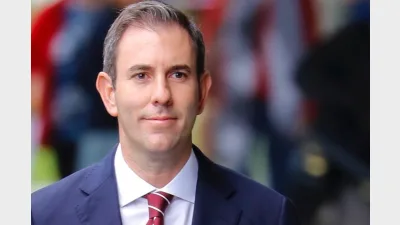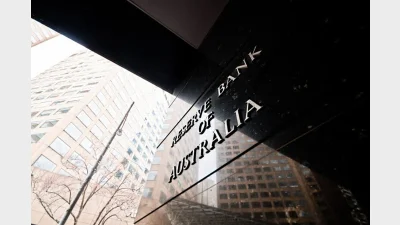(June-2004) More than just holding the fort
While some still think of custodians as simply holding securities for safekeeping, the modern role of custody now includes technology, information and other services.
In today’s market, custodians face issues of security for fast and automated systems; further consolidation of funds; difficulties of retaining good staff; and addressing an image problem. There are more services, regulatory and compliance issues to consider too. Of course, all these are on top of meeting clients’ expectations and keeping service fees to a minimum.
The world of custody is continuously changing. The main drivers are: industry consolidation, globalisation, requirements for new technology and new regulations. One school of thought suggests that if these pressures continue, only a small number of custodians will survive and further consolidation can be expected. State Street’s acquisition of Deutsche Bank’s Global Securities Services is a prime example.
Australia has had its fair share of consolidation too. The most recent example was the sale of Commonwealth Bank’s (CBA) custody and back office administration to National Australia Bank. These acquisitions have seen big custodians like NAB (via CBA) and JPMorgan (via BT Portfolio Services) become even bigger and more focused on the large end of the market. At the same time, this environment has encouraged smaller players like ANZ Custodian Services to re-enter the arena with master custody services for corporate super funds.
It takes capital and resources to run a credible custody operation. Only those with a clear business strategy and substantial financial support will be able to run a sustainable, quality operation. One of the hurdles for the Australian custodians is to convince the local market that they are committed to this business — not an easy task given the recent departure of CBA from custody and investment administration.
The strategic importance and value of a custody business in its corporate environment are key criteria in assessing commitment to the Australian market. Where does custody fit in terms of overall importance? Is custody a key business for the organisation? Is the organisation demonstrating its commitment to the business by investing in technology and staff? Is the organisation successful in maintaining and growing a profitable business? All these questions are fundamental in testing commitment.
Over recent years, super funds have seen their asset values tumble and the infrastructure in some markets shaken dramatically with political factors, volatile market conditions and accounting scandals like Enron.
Trustee boards are now alert to the risks involved in protecting members’ assets. These events have also resulted in added scrutiny of asset safety and the practice of custodians taking on more and more liability for their clients. Any super fund or investment manager who appoints a custodian should consider carefully the risks involved with such an appointment. More importantly, a fund or manager should determine contractually precisely what the custodian is liable for. Super funds also should take into account APRA’s draft guidelines on outsourcing and risk management when reviewing contractual arrangements.
Regulatory pressures, competition and smaller margins have encouraged custodians to focus on increasing the level of straight through processing. They have also sought to automate core custody services while developing a more diverse range of services than in the past. Even with the super fund market shrinking as corporate funds move to master trusts and industry funds amalgamate, only a few custody service providers have been discouraged. Most see future business growth coming from investment managers.
With this has come a change of image — many organisations have moved from custodian to a provider of back-office and middle-office services for investment managers, master funds and high net worth individuals.
When appointing a third party custodian or back office provider, a fund or manager should give careful consideration to the management of operational risks which have potential to compromise its reputation, and, over time, represent a significant cost.
Things to watch include failed trades, inefficient cash management, overdrafts, inaccurate reporting, securities lending losses, poor foreign exchange and trade execution.
Close monitoring of these risk areas is vital. So too is a comprehensive service level agreement that includes performance indicators to measure the delivery of services and the client-service provider relationship. It really should be integral to any comprehensive fund governance framework.
— Lounarda David is a principal of Mercer Investment Consulting.
Recommended for you
The major changes to the proposed $3 million super tax legislation have been welcomed across the superannuation industry.
In holding the cash rate steady in September, the RBA has judged that policy remains restrictive even as housing and credit growth gather pace.
A new report warns super funds must rethink retirement readiness as older Australians use super savings to pay off housing debt.
An Australian superannuation delegation will visit the UK this month to explore investment opportunities and support local economic growth, job creation, and long-term investment.









